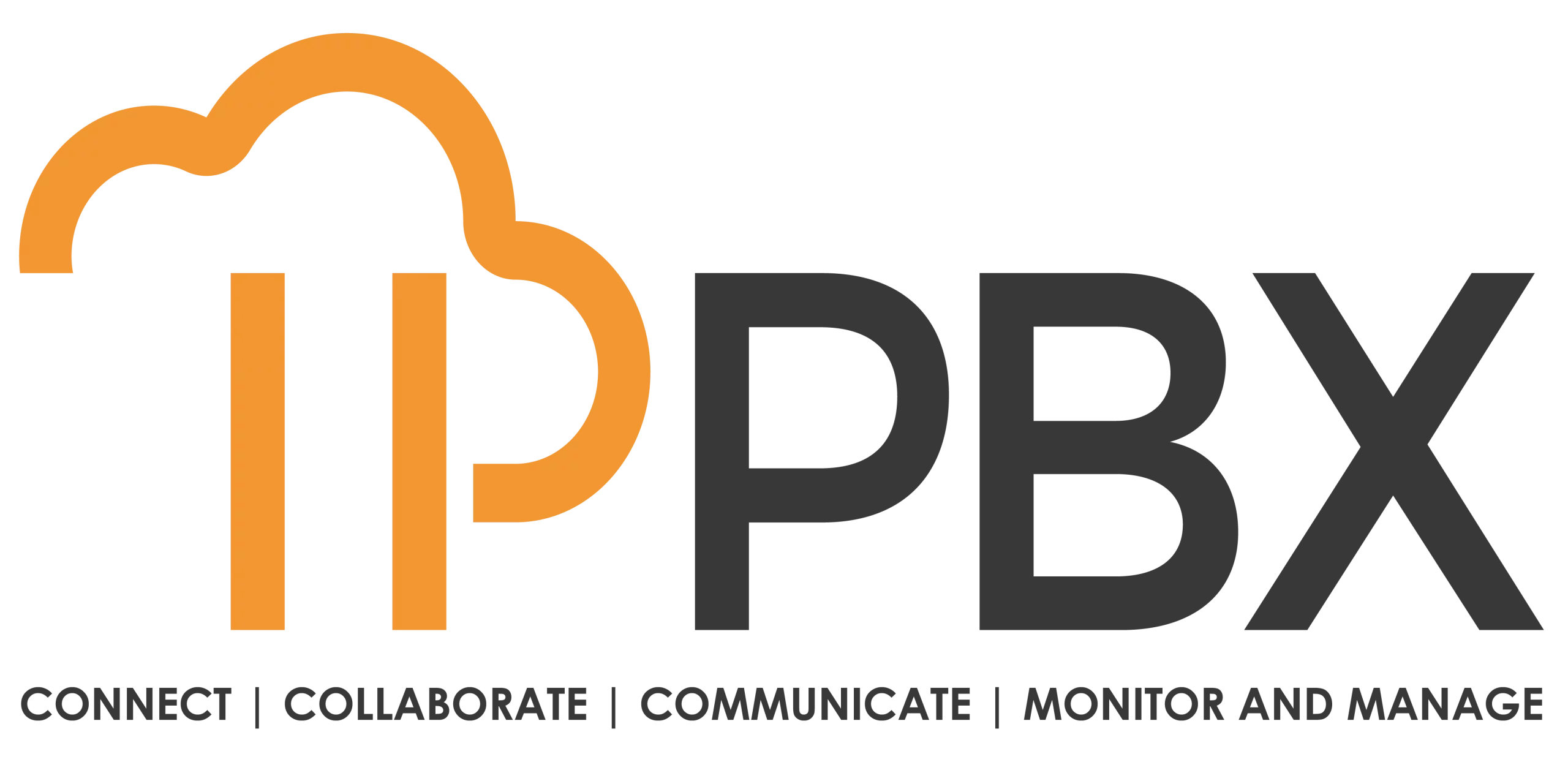In an increasingly interconnected world, effective communication is critical, especially during a crisis. Whether facing a natural disaster, a public relations issue, or an operational disruption, organizations must respond swiftly and efficiently to mitigate damage and maintain stakeholder trust. The role of communication platforms in crisis management has evolved, equipping businesses with tools to communicate clearly and effectively in times of distress. This article explores the importance of communication platforms in crisis management and highlights some of the best communication platforms for business, including IPPBX.
Understanding Crisis Management
Crisis management refers to the strategies and processes organizations use to navigate unexpected and disruptive events. Effective crisis management involves several key steps:
- Preparation: Developing a crisis communication plan to outline roles, responsibilities, and protocols.
- Response: Quickly communicating with stakeholders—employees, customers, and the media—to provide accurate information and updates.
- Recovery: Implementing strategies to return to normal operations and restore trust among stakeholders.
Effective communication is at the heart of each of these steps, making it essential for organizations to choose the right communication platforms.
The Importance of Communication Platforms in Crisis Management
1. Real-Time Updates
Timely information is crucial during a crisis. Communication platforms enable organizations to disseminate real-time updates to stakeholders, ensuring everyone is informed about the situation and necessary actions.
- Instant Messaging: Tools like Slack or Microsoft Teams allow for rapid communication within organizations, enabling teams to coordinate effectively.
- Social Media: Platforms such as Twitter and Facebook can be used to share updates quickly, reaching a broad audience and providing transparency.
2. Centralized Communication
Communication platforms help centralize information, making it easier for teams to access and share critical updates. This centralization reduces confusion and ensures that everyone is aligned.
- Intranet Solutions: Internal platforms can serve as central hubs for crisis information, allowing employees to access updates and resources in one place.
- Project Management Tools: Platforms like Trello or Asana help teams track tasks and responsibilities during a crisis, ensuring all actions are coordinated.
3. Stakeholder Engagement
Effective crisis management requires engaging various stakeholders, including employees, customers, investors, and the media. Communication platforms facilitate this engagement through targeted messaging and outreach.
- Email Communication: Tools like Mailchimp allow organizations to send tailored messages to different stakeholder groups, providing relevant information based on their needs.
- Webinars and Live Q&A Sessions: Platforms such as Zoom can be used to host virtual meetings or Q&A sessions, allowing direct engagement with stakeholders.
4. Enhanced Collaboration
Crisis situations often require cross-functional collaboration, with different teams working together to manage the response. Communication platforms promote collaboration by providing tools for information sharing and joint problem-solving.
- Document Collaboration: Tools like Google Workspace allow teams to work on documents simultaneously, facilitating the creation and updating of crisis communication plans.
- Shared Task Lists: Using shared task management tools helps organizations assign responsibilities and track progress during a crisis.
5. Monitoring and Feedback
Effective crisis management involves monitoring the situation and gathering feedback from stakeholders. Communication platforms can facilitate this process, allowing organizations to assess their response and make necessary adjustments.
- Surveys and Polls: Tools like SurveyMonkey can gather feedback from employees and customers about the effectiveness of communication efforts during a crisis.
- Social Listening Tools: Platforms such as Hootsuite enable organizations to monitor social media conversations and gauge public sentiment, helping them adapt messaging in real-time.
Best Communication Platforms for Business in Crisis Management
When selecting the best communication platforms for business for crisis management, organizations should consider factors like ease of use, functionality, and scalability. Here are some top options, including IPPBX:
1. IPPBX
IPPBX is an all-in-one communication platform that combines essential business communication modules. It streamlines communication processes, making it easier to manage calls, messages, and conferences during a crisis. With features like appointment scheduling, project management, and document collaboration, IPPBX is ideal for maintaining focus and productivity.
2. Slack
Slack is an instant messaging platform that facilitates real-time communication and collaboration, making it easy for teams to coordinate their efforts during a crisis.
3. Microsoft Teams
Microsoft Teams integrates chat, video conferencing, and file sharing, allowing organizations to collaborate effectively and maintain communication during crises.
4. Zoom
Zoom is recognized for its video conferencing capabilities, which are crucial for virtual meetings and webinars. Organizations can use Zoom to engage stakeholders and provide updates in real time.
5. Trello
Trello is a project management tool that helps teams organize tasks and responsibilities, ensuring everyone is aligned during a crisis.
6. Mailchimp
Mailchimp is an email marketing platform that enables businesses to send targeted messages to different stakeholder groups, facilitating effective communication during a crisis.
7. Hootsuite
Hootsuite is a social media management tool that allows organizations to monitor and engage with audiences across multiple platforms, making it invaluable for tracking public sentiment during a crisis.
Conclusion
In today’s fast-paced and interconnected world, effective communication is essential for successful crisis management. Communication platforms play a crucial role in facilitating real-time updates, centralizing information, engaging stakeholders, enhancing collaboration, and monitoring feedback. By leveraging the best communication platforms for business, including IPPBX, organizations can navigate crises more effectively, minimize disruptions, and maintain trust with their stakeholders. Investing in robust communication tools will be crucial for businesses aiming to thrive in challenging situations.

